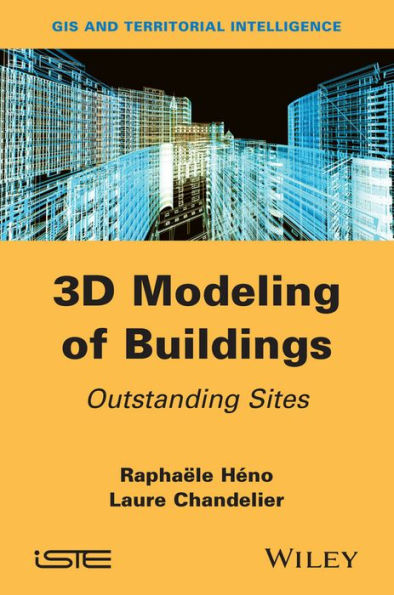Conventional topographic databases, obtained by capture on aerial or spatial images provide a simplified 3D modeling of our urban environment, answering the needs of numerous applications (development, risk prevention, mobility management, etc.). However, when we have to represent and analyze more complex sites (monuments, civil engineering works, archeological sites, etc.), these models no longer suffice and other acquisition and processing means have to be implemented. This book focuses on the study of adapted lifting means for “notable buildings”. The methods tackled in this book cover lasergrammetry and the current techniques of dense correlation based on images using conventional photogrammetry.
1144497402
3D Modeling of Buildings: Outstanding Sites
Conventional topographic databases, obtained by capture on aerial or spatial images provide a simplified 3D modeling of our urban environment, answering the needs of numerous applications (development, risk prevention, mobility management, etc.). However, when we have to represent and analyze more complex sites (monuments, civil engineering works, archeological sites, etc.), these models no longer suffice and other acquisition and processing means have to be implemented. This book focuses on the study of adapted lifting means for “notable buildings”. The methods tackled in this book cover lasergrammetry and the current techniques of dense correlation based on images using conventional photogrammetry.
142.0
In Stock
5
1

3D Modeling of Buildings: Outstanding Sites
224
3D Modeling of Buildings: Outstanding Sites
224Related collections and offers
142.0
In Stock

Product Details
| ISBN-13: | 9781118648902 |
|---|---|
| Publisher: | Wiley |
| Publication date: | 07/22/2014 |
| Series: | FOCUS Series |
| Sold by: | JOHN WILEY & SONS |
| Format: | eBook |
| Pages: | 224 |
| File size: | 6 MB |
About the Author
From the B&N Reads Blog
